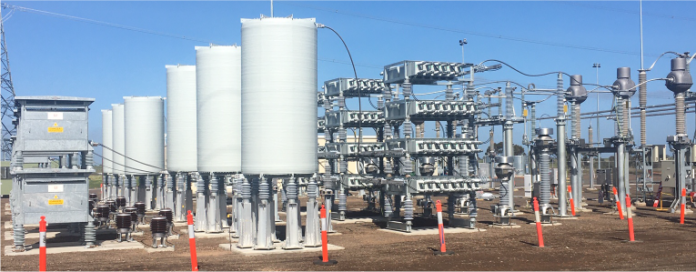Harmonic filters can be divided into two categories. They are active and passive. Each of these categories can have different characteristics. So, before you purchase a harmonic filter, consider the type of use it will have.
Passive
Passive harmonic filters are used to reduce the amount of harmonic distortion in power lines. They are typically installed on the line side of motor drive systems and are inexpensive to run.
However, to be effective they must be customized for each site.For example, they can’t be used in a facility that produces more than one harmonic. They also are not able to eliminate external harmonics on the mains.
Active harmonic filters are a more advanced type of filter. These devices can be built into a single filter or used with a passive filter. Because they are active, they require a certain amount of power, which is not needed for passive filters. While active filters are more expensive, they have a longer life span and can handle various harmonics. Besides, they work with variable-speed drives, which are incompatible with passive filters.
Both passive and active harmonic filters are intended to reduce the amount of harmonic distortion in power networks. However, because of their size and the fact that they cannot eliminate external harmonics, they can be affected by them. Moreover, they can overheat if exposed to high levels of harmonics on the mains. Therefore, it is recommended that you only use a passive filter when external harmonics are not a problem.
Harmonic filters are essential for reducing power bills and increasing the overall efficiency of a medium or high-voltage network. They can also reduce maintenance costs by keeping the network clean and free of unnecessary harmonics.
A good passive harmonic filter will reduce the harmonic distortion in the power line by about 80 percent. It is a good choice for any medium or high-voltage utility. Additionally, it is a good solution for many industries. Besides, the filters are small, making them easy to install.
Active
An Active Harmonic Filter is an active component installed in a power network to reduce harmonics, provide load balancing, and correct distortion power factor. They are a reliable solution to ensure a high level of power quality.
In addition to reducing harmonics, active filters can also be used to correct higher-order harmonics in addition to reducing harmonics. By calculating the total currents of each harmonic, the filter can calculate and inject the corrective harmonics into the grid. It reduces the Total Harmonic Distortion (THD) index in many applications.
As opposed to passive filters, which are ineffective at preventing external harmonics from entering the mains, active filters have a much longer life span, high levels of protection, and are more energy efficient. They are ideal for many types of applications. For example, they can be used in electric vehicle charging stations, telecommunications equipment, LED light sources, and uninterruptible power supplies.
Active filters are more efficient and durable. However, they require more power, making them more expensive to purchase. Fortunately, the cost of the initial purchase can be quickly depreciated in the long run. Moreover, Active Harmonic Filters are easily adaptable to a variety of applications. Therefore, they are helpful for both small and large facilities. Furthermore, they can reduce a facility’s energy costs while improving the performance and reliability of electrical equipment.
Hybrid
Hybrid filters are an excellent way to combine the advantages of both active and passive filters. Typically, hybrid filters are used in applications that require high current and low voltage. Combining both types of filters gives you a device that can handle the widest range of frequencies and power levels.
There are several options for choosing the right harmonic filter for your application. You can choose from international or national standards or determine the specifications of the individual component. For example, a harmonic filter that is UL marked indicates that it is safe and efficient.
Harmonic filters are usually installed at strategic points of an operating circuit. They can be open or enclosed and made with various electronic components. Some filters are also available with performance monitors. This feature allows you to monitor the filter’s performance and the corresponding input and output power.
The first type of filter is the bandpass. It is made up of a capacitor and an inductor. It is a simple circuit that combines the series resonance of a standard bandpass filter with the parallel resonance of two inductors. Check the harmonic filter by qualityenergy.com.au to learn more about this.
A second type is a double-tuned filter. This type of filter is often used to filter out the most problematic harmonics. In this case, it is the same capacitor and inductor, but the capacitor is tuned to the first harmonic, while the inductor is tuned to the second.
Finally, there are single-tuned filters. It is best suited for applications requiring little power or filtering a relatively short range of frequencies. Single-tuned filters are usually designed to remove one particular harmonic.
Regardless of the type of harmonic filter you use, the most significant advantage is decreasing and eliminating harmful harmonics in the system. Fortunately, this is easy to accomplish. However, these devices will not operate under ideal conditions. Having a harmonic filter at the right place and time is an essential step toward ensuring that the electrical system runs smoothly and efficiently.

